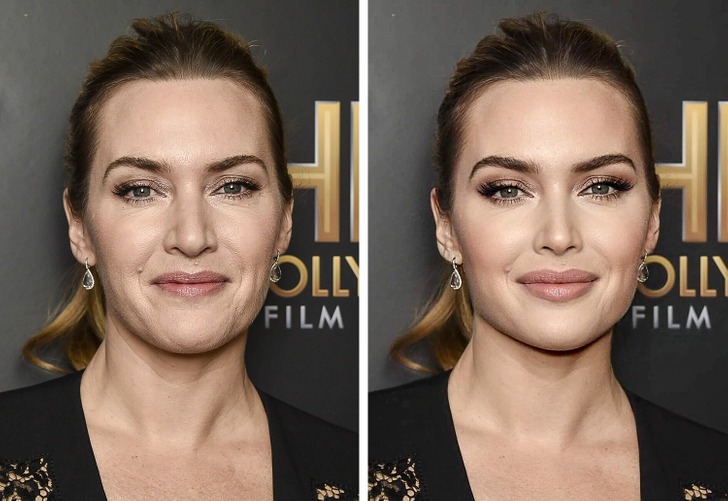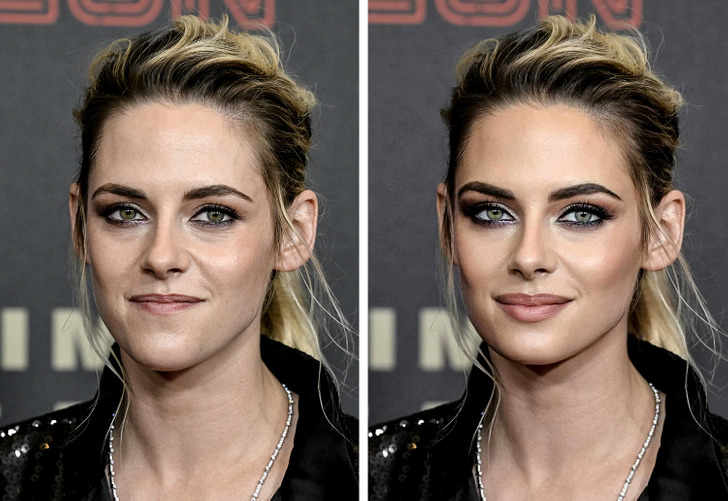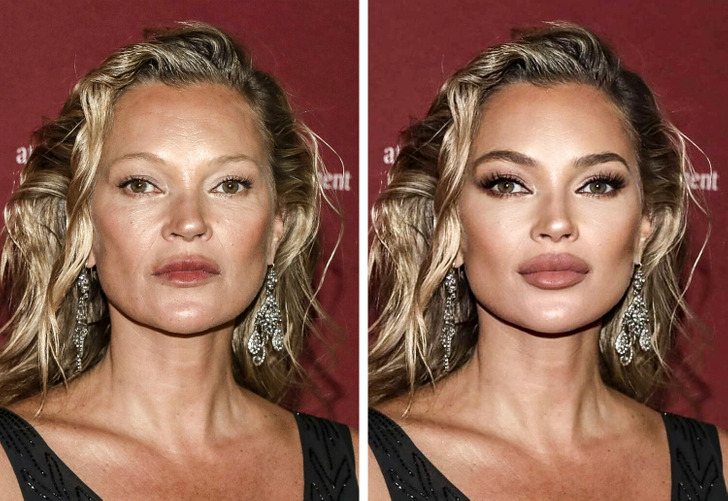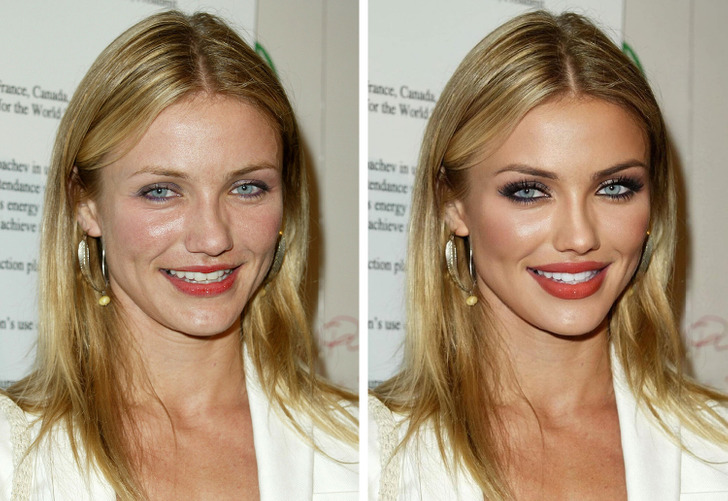ST3. The Evolution of Beauty Standards and the Rise of Body Positivity S2

Understanding Beauty Standards Throughout History
Beauty standards have evolved dramatically throughout history, reflecting societal values, cultural shifts, and media influence. From the curvaceous figures celebrated during the Renaissance to the waif-like ideals of the 1990s, the definition of beauty has been constantly redefined.
In the early 20th century, Hollywood introduced the hourglass figure as the ultimate standard, with icons like Marilyn Monroe embodying the ideal. The 1960s brought the rise of ultra-thin models like Twiggy, setting a new benchmark for desirability. By the early 2000s, beauty ideals had shifted toward a toned yet slender physique, with an emphasis on strict diet culture and rigorous fitness routines.
However, in recent years, there has been a growing movement toward inclusivity, diversity, and self-acceptance, challenging traditional beauty standards and embracing a more holistic view of attractiveness.

The Body Positivity Movement: Challenging Traditional Norms
Thebody positivity movementemerged as a response to unrealistic beauty ideals that have historically dominated mainstream media. It encourages individuals to appreciate and respect their bodies, regardless of size, shape, or physical appearance. Rooted in activism, body positivity promotes the idea that all bodies are worthy of love and respect.
This movement gained momentum in the 2010s, thanks to social media platforms that allowed underrepresented voices to challenge harmful narratives. Hashtags like#BodyPositivity,#LoveYourself, and#AllBodiesAreGoodBodieshave empowered people to share their journeys and inspire others.
Key Influential Figures in the Body Positivity Movement
These women and many others have used their platforms to shift the conversation around beauty, ensuring that future generations grow up in a world where self-worth isn’t dictated by external standards.

The Role of Social Media in Redefining Beauty
Social media has played a crucial role in transforming beauty standards. Unlike traditional media, which often upheld narrow beauty ideals, platforms like Instagram, TikTok, and Twitter have provided a space for diverse representations of beauty. Influencers and everyday users have taken control of the narrative, sharing unfiltered, authentic content that challenges airbrushed perfection.
Positive Impacts of Social Media on Beauty Standards

The Dark Side: Social Media Pressures
Despite these positives, social media can also reinforce beauty pressures. The prevalence offace-altering filters,photo editing apps, andcurated highlight reelscan contribute tobody dissatisfactionandself-esteem issues. Studies suggest that excessive exposure to edited images may lead tounrealistic expectationsandmental health concerns, particularly among young audiences.
The Shift Toward Inclusive Beauty
The beauty industry has responded to the changing landscape by embracinginclusivity and diversitylike never before. Brands now feature models of all body sizes, skin tones, ages, and physical abilities in their campaigns.
This shift is not just about marketing—it’s aboutreshaping societal beauty idealsto reflect the reality that beauty exists in many forms.

How to Embrace Body Positivity in Everyday Life
Practicing body positivity is a journey that involves unlearning toxic narratives and cultivating self-compassion. Here are some ways to foster a positive relationship with your body:
The Future of Beauty: A More Inclusive Perspective
As we move forward, it is clear that beauty standards will continue to evolve, but the goal should always beinclusivity, authenticity, and self-acceptance. The future of beauty lies in celebrating uniqueness, embracing imperfections, and prioritizing mental and emotional well-being over unrealistic ideals.
The growing movement towardbody positivity and self-lovesignals a promising change where beauty is no longer confined to a single mold. Instead, it is a diverse, ever-expanding concept that welcomes everyone.

Final Thoughts
The fight against unrealistic beauty standards is ongoing, but progress is being made every day. Bypromoting inclusivity, representation, and self-love, we are shaping a future where everyone can feel beautiful in their own skin.
If you found this article insightful, consider sharing it with others who might need a reminder thattrue beauty comes from confidence, kindness, and embracing who you are.
